The Best Bedroom Colors for Sleep and Happiness
The color of your bedroom not only reflects your personal style but also significantly influences your sleep quality and mood. This guide explores the most effective bedroom colors for promoting sleep, the colors that generate happiness, and how you can combine these elements to create the perfect bedroom environment.
What Color Helps You Stay Asleep?
Choosing the right color for your bedroom can be crucial for enhancing sleep quality. Various studies suggest that certain colors can help increase the amount and quality of sleep you get each night.
Top Colors for Sleep:
- Blue: Often considered the best bedroom color for sleep, blue tones are associated with calmness and serenity. Research indicates that people sleeping in blue rooms tend to sleep longer than those in rooms of different colors. The color blue has a calming effect on the nervous system and can help reduce blood pressure and heart rate, which are conducive to a good night's sleep.
- Silver: Silver can create a cooling and calming environment that mimics moonlight, creating an ambiance that encourages sleep.
- Gray: Soft gray tones can be soothing and help minimize distractions, thus aiding in sleep.
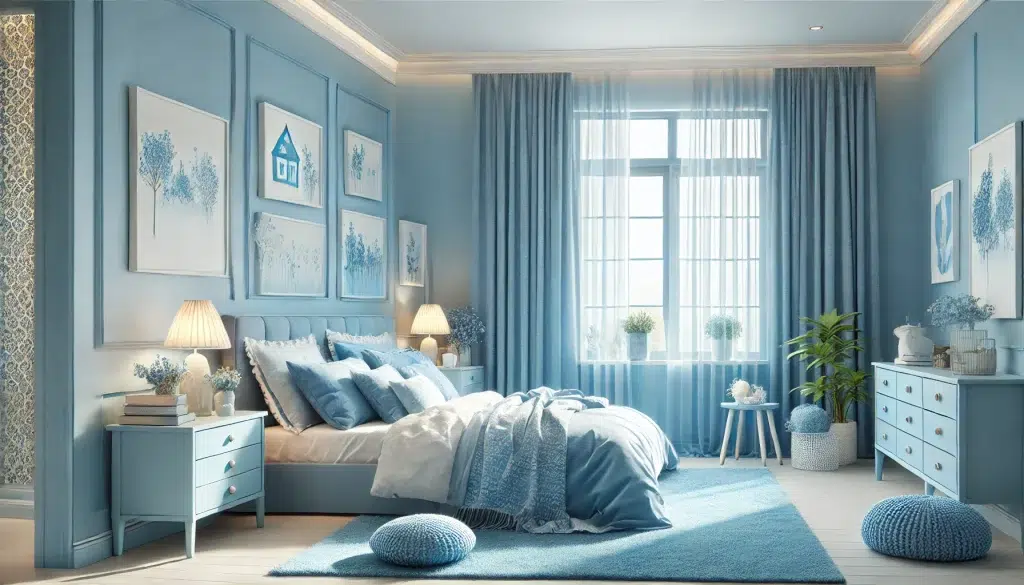
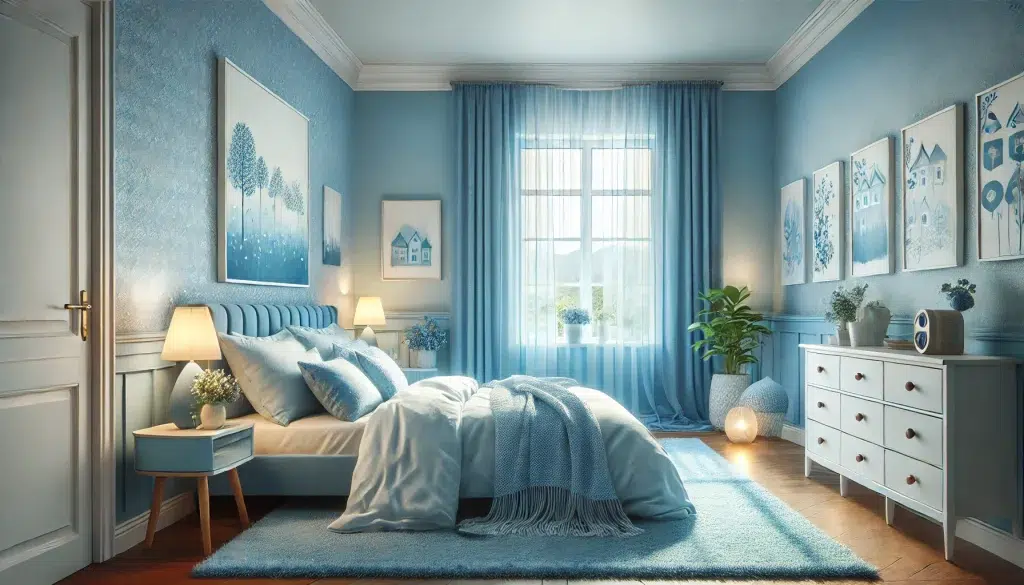
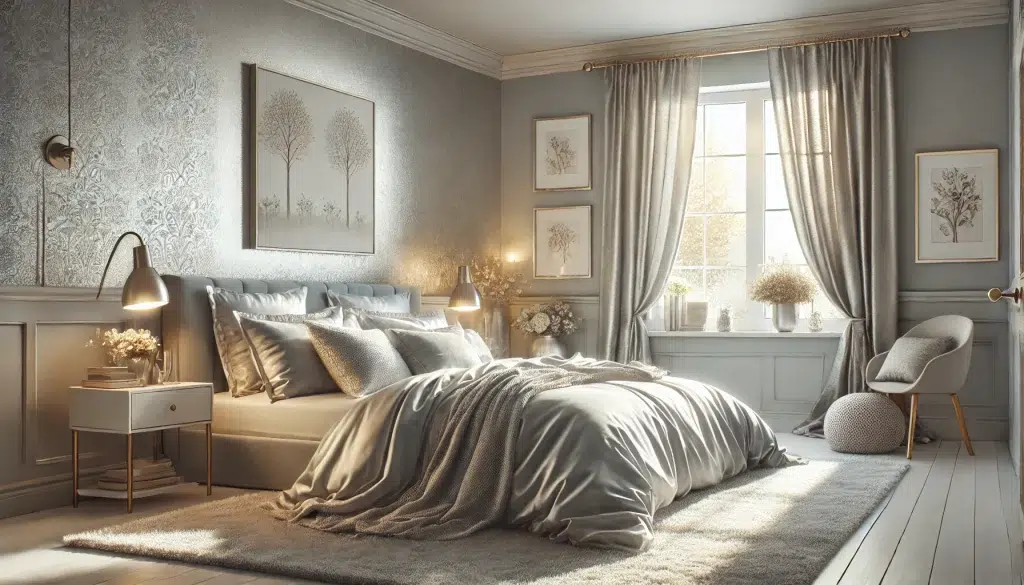
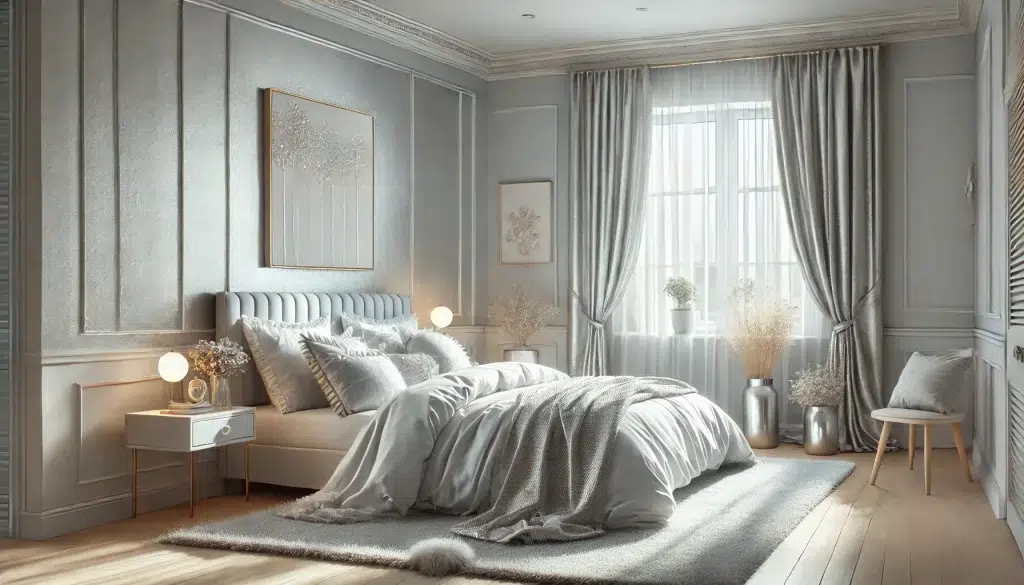
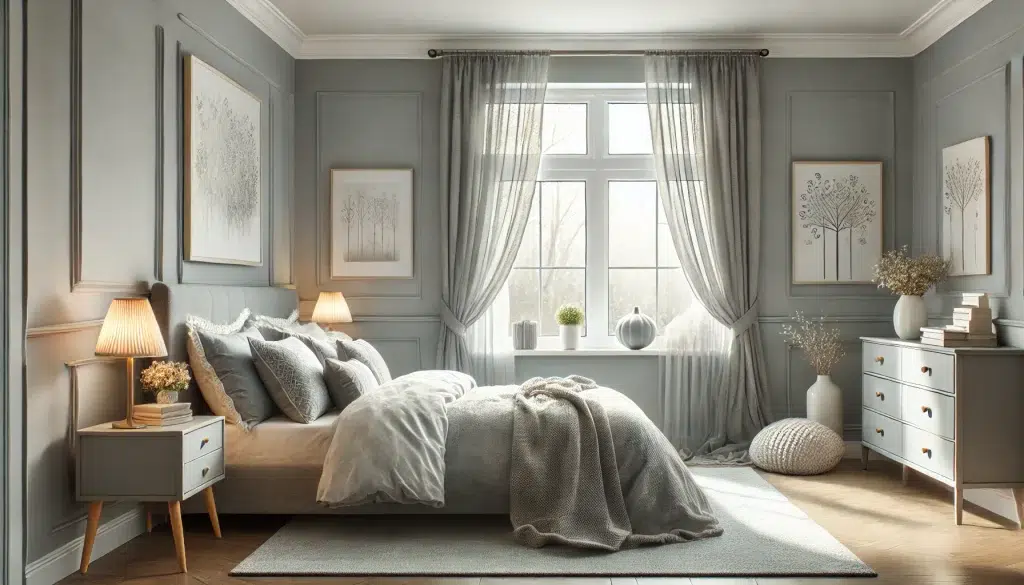
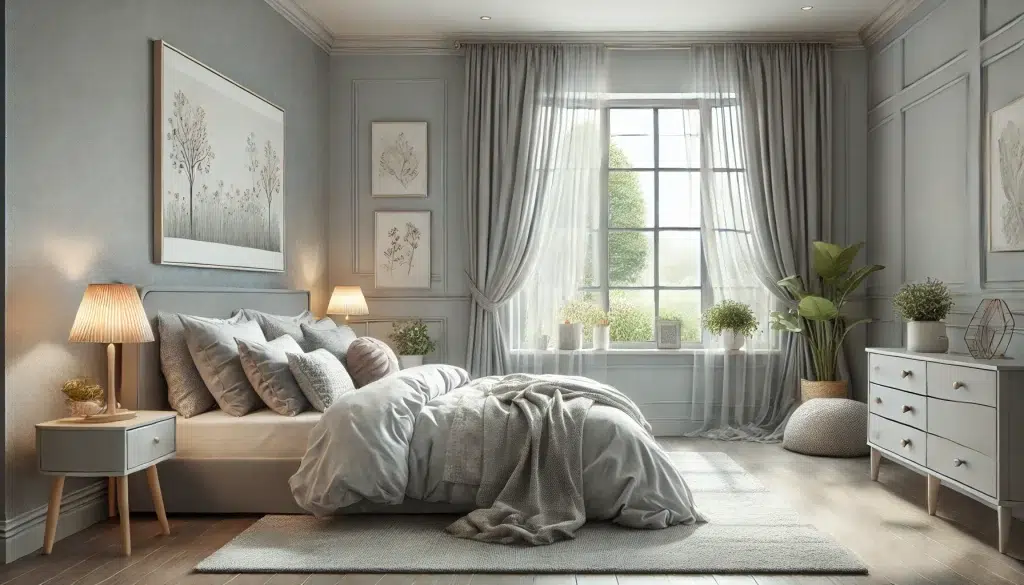
What is the Happiest Color for a Bedroom?
While soothing colors are excellent for promoting sleep, vibrant colors can enhance mood and energy. When it comes to happiness and positivity in a bedroom setting, certain colors stand out.
Top Colors for Happiness:
- Yellow: This bright and cheerful color can evoke happiness and optimism in a bedroom setting, making it a popular choice for creating a welcoming and uplifting atmosphere.
- Green: Known for its calming and restorative properties, green links to nature and can create a serene yet joyful bedroom environment.
- Pink: Lighter shades of pink are often associated with warmth and comfort, fostering feelings of love and happiness.
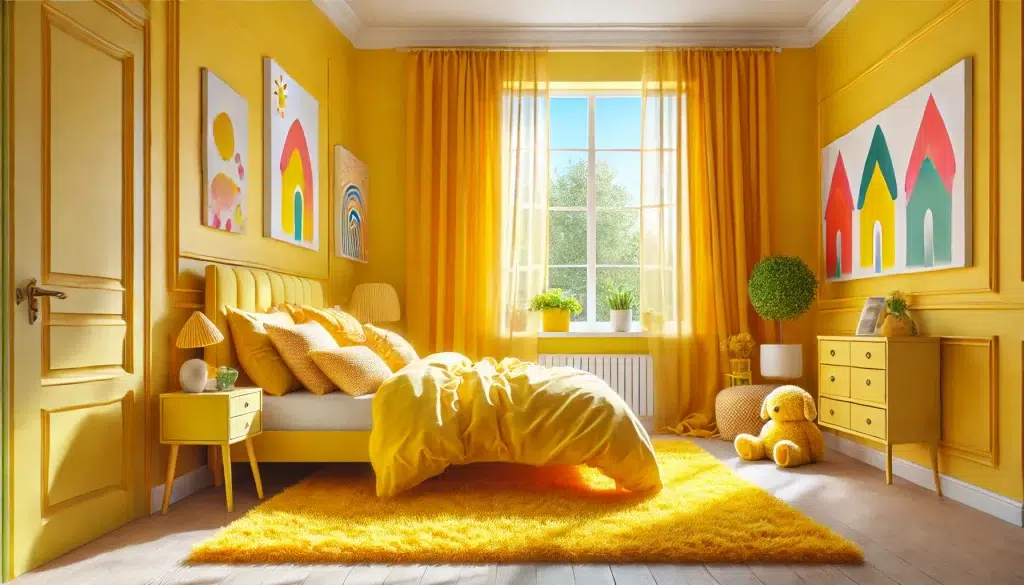
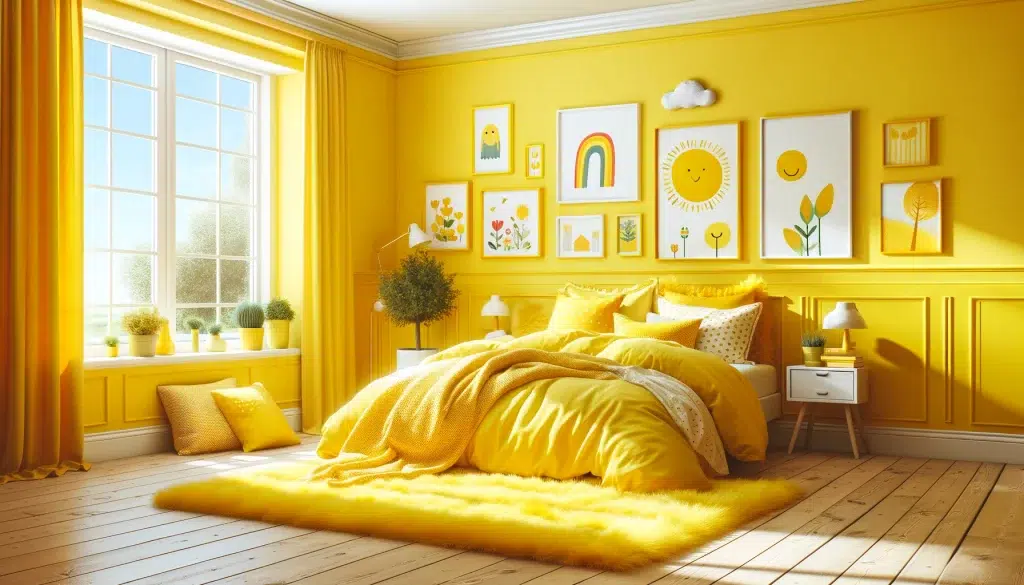
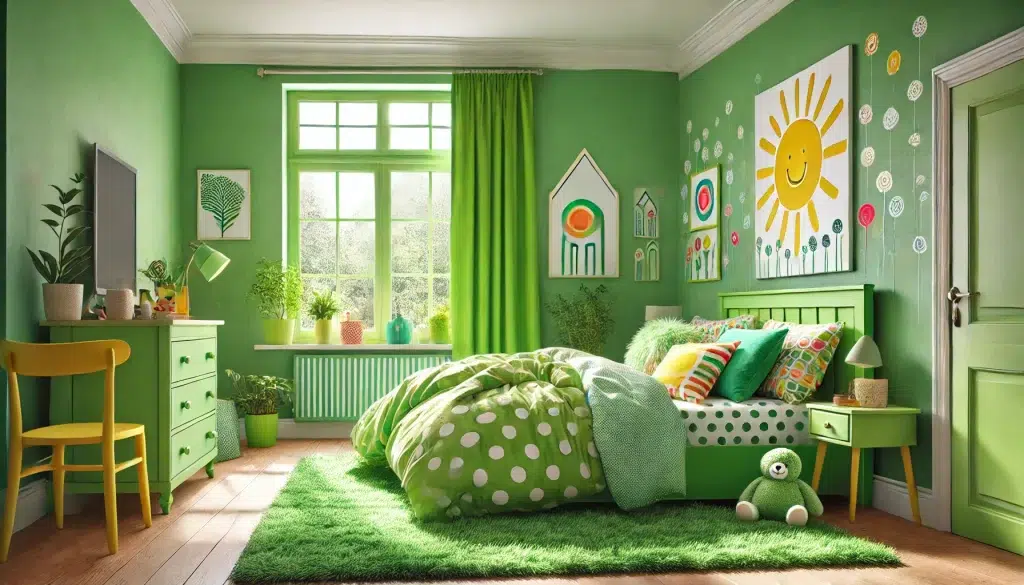
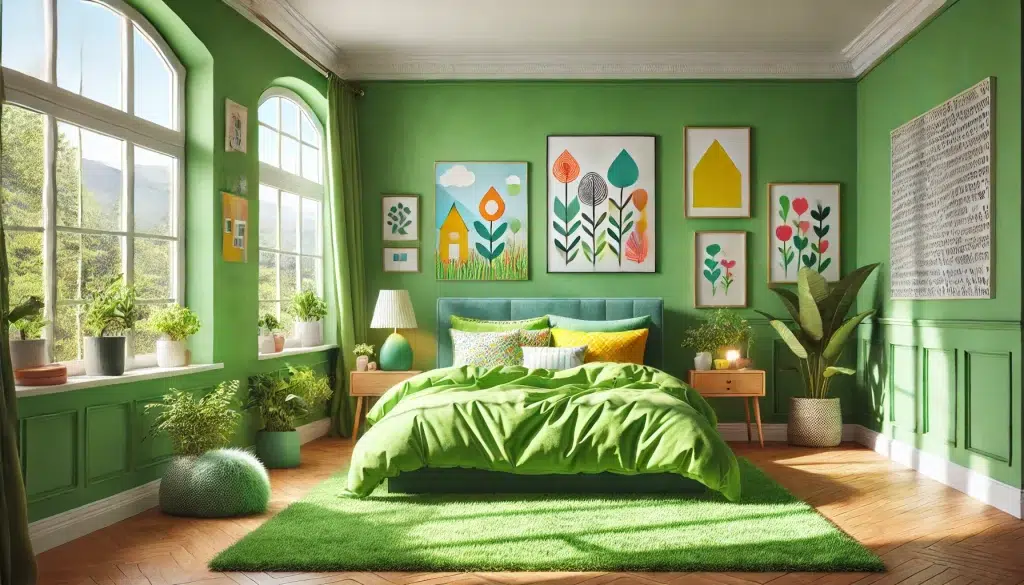
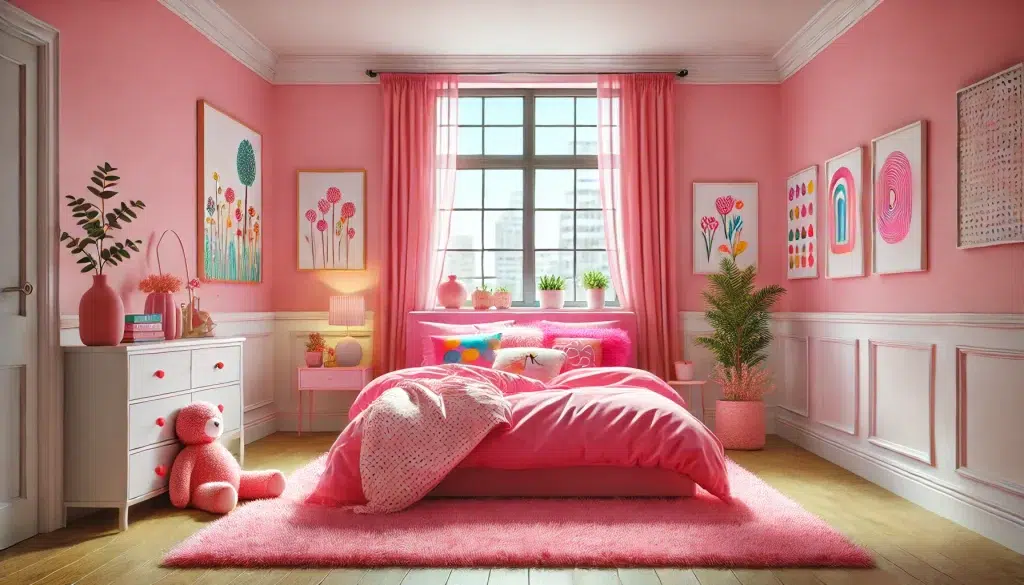

Combining Colors for Sleep and Happiness
To balance sleep-enhancing qualities with a cheerful atmosphere, consider using a primary color that promotes relaxation, accented with touches of vibrant colors to inject happiness and vitality. For example, a predominantly blue or gray bedroom with accents in yellow or pink can provide the perfect balance between tranquility and positivity.
Enhancing Your Bedroom Environment
In addition to color, incorporating elements that promote relaxation can further enhance the bedroom environment. Soft lighting, comfortable bedding, and minimal noise are crucial, but another effective tool is the use of sound and light therapy.
Adding a Red Light Helps You Sleep
A red light can help you sleep for several reasons related to its impact on the body's production of melatonin and the overall circadian rhythm. Here are the key points:
- Minimal Impact on Melatonin Production: Exposure to blue light (such as from screens and LED lights) suppresses the production of melatonin, the hormone that regulates sleep-wake cycles. Red light, on the other hand, has a minimal impact on melatonin production, allowing for better sleep.
- Circadian Rhythm Alignment: The body's circadian rhythm is influenced by light exposure. Red light is closer to the natural light spectrum of sunset, which signals to the body that it is time to wind down and prepare for sleep. This helps in aligning the circadian rhythm more effectively.
- Relaxation and Calmness: Red light is less stimulating to the photoreceptors in the eyes compared to other colors, particularly blue light. This can help create a more relaxed and calming environment conducive to sleep.
- Biological Effects: Some studies suggest that red light therapy can improve sleep quality and duration. This may be due to the light's ability to penetrate deeper into tissues and potentially have beneficial biological effects, such as improving blood flow and reducing inflammation.
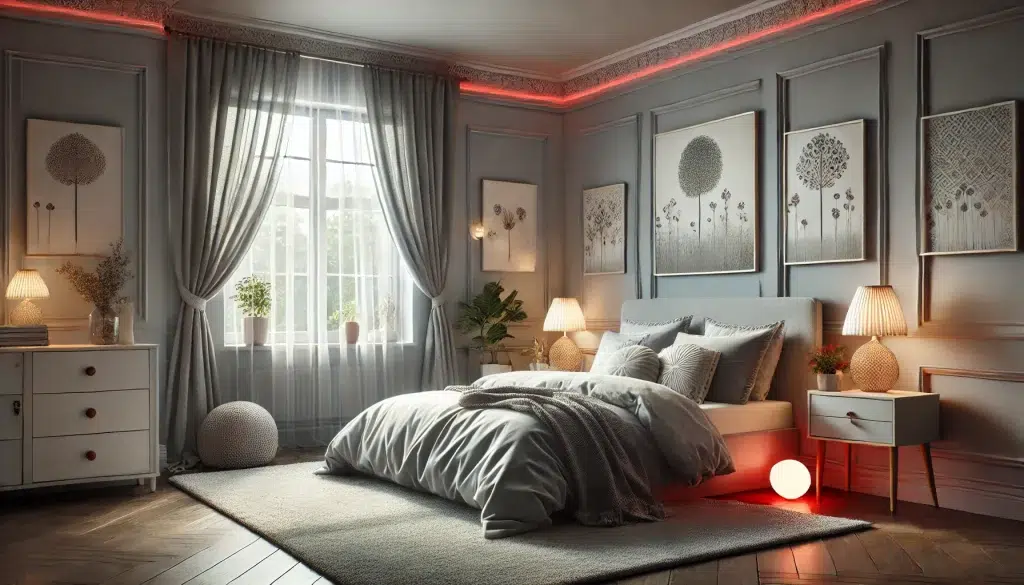
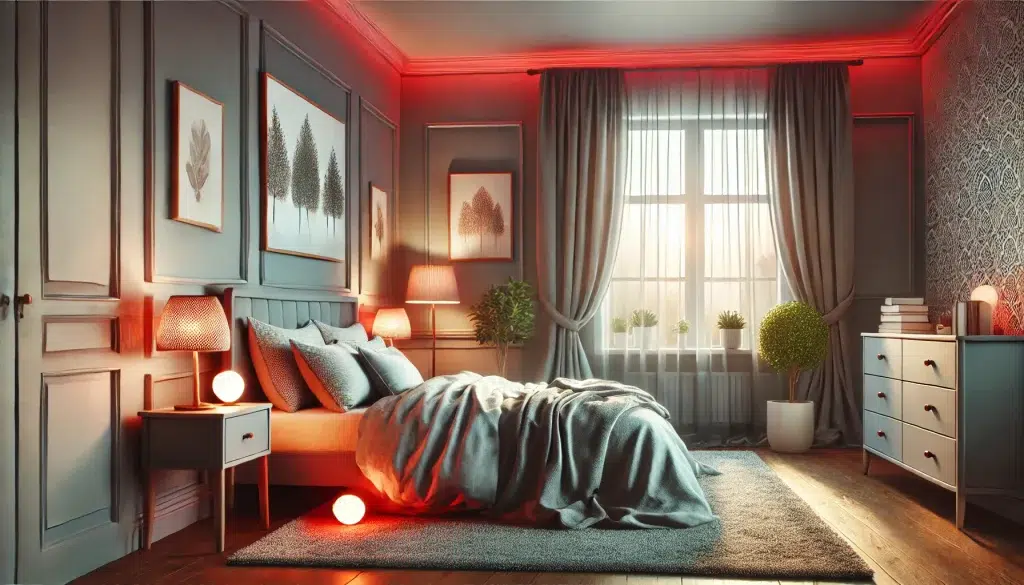
Recommended Resource: Ocean Waves with Red Light
For those looking to add an element of relaxation to their bedroom without altering its color, consider our YouTube video featuring 10 hours of calming ocean waves under a soothing red light. This combination can help promote deeper sleep by providing a tranquil auditory and visual backdrop, ideal for winding down after a busy day. Watch and experience the soothing effect here.
